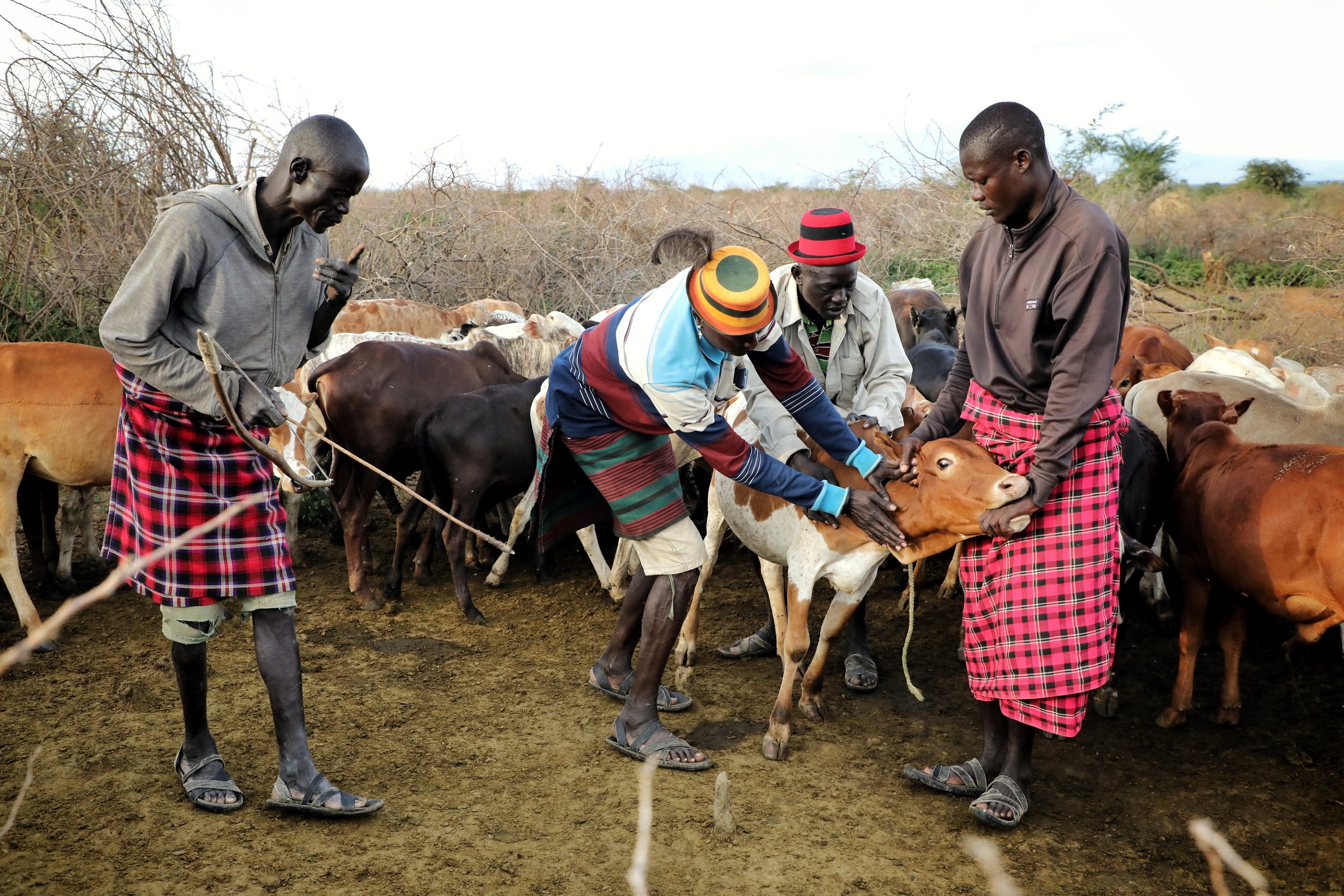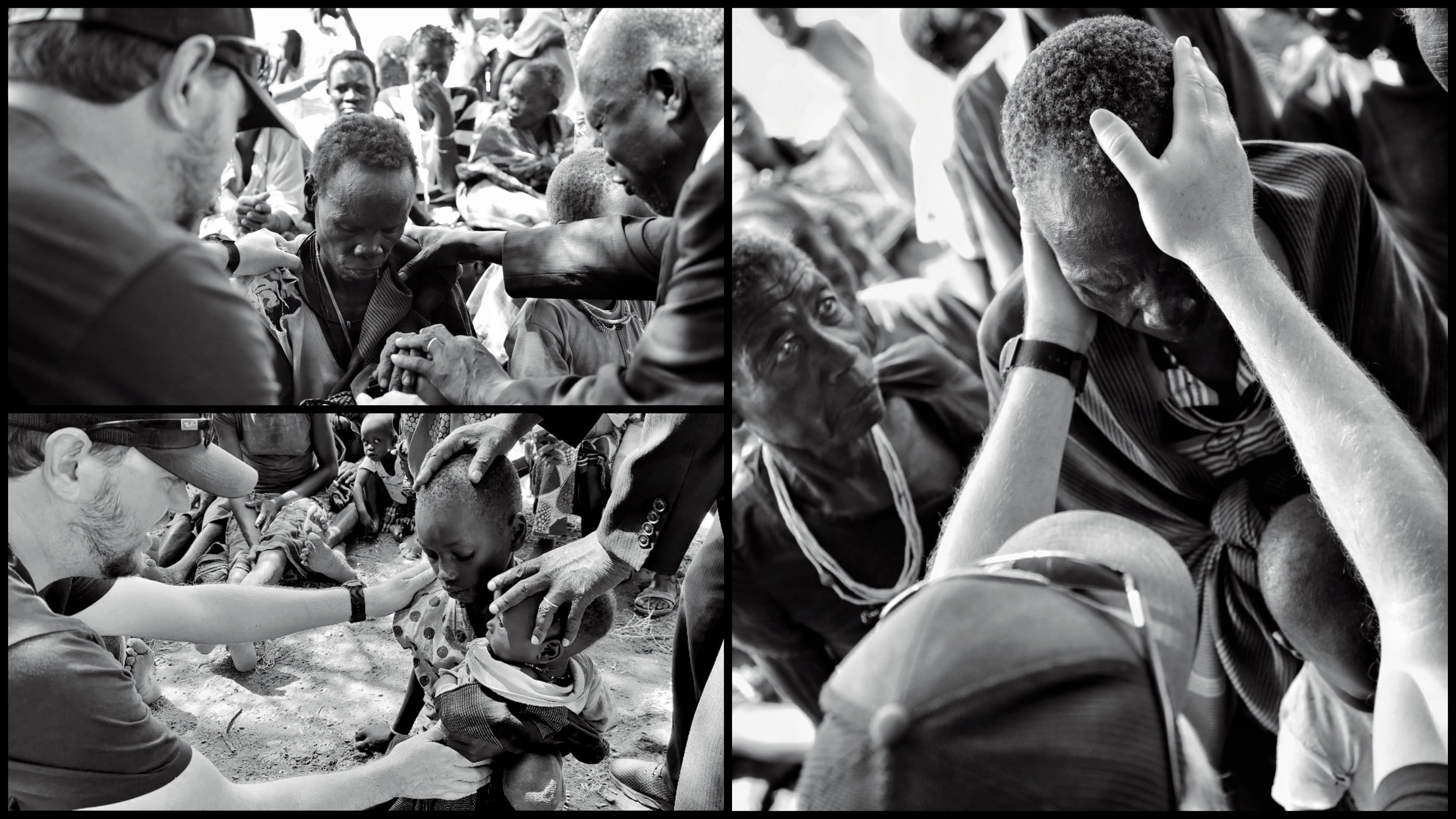Karamojong
Karamojong: The Karamojong tribes, dwelling in the eastern expanse of Uganda, form a majority community amidst the myriad of tribal groups within the region. Their distinctive physical features, characterized by their tall and slender frames, evoke a certain form of elegance as they traverse the vast landscapes. Rooted in a deeply entrenched pastoralist tradition, the Karamojong prize their livestock above all else, revering these cherished animals as the pinnacle of their wealth and prosperity. From a young age, Karamojong boys are immersed in herding duties, diligently caring for goats, sheep, and cattle from dawn till dusk. In adulthood, some men turn to cattle raiding, perpetuating a cycle of violent theft that leaves families devastated. The once widespread practice of carrying AK-47s openly has been outlawed, and disarmament efforts have been implemented by the government. Despite these measures, violent raids persist, rendering the Karamojong regions among the most unsafe areas in Uganda. In fact, as we passed through the regions of the Karamojong we were often told to be on the lookout for ambush points and to be careful. Pastor Wilbert, who accompanied us in some places, shared a heart-wrenching account of his early days in the town of Kotido. Approximately 20 years ago, as he began his ministry there, he encountered a grim scene on the road leading to town. He saw the lifeless bodies of seven Karamojong who had fallen victim to a violent clash while protecting their herds from rival clans. This shocking introduction to the way of life among the Karamojong left an indelible mark on Pastor Wilbert.
The Karamojong villages paint a unique picture of traditional life, characterized by manyattas — huts enclosed by natural thorn and stick fencing — standing amidst the vast expanse. Within or near these compounds lie the kraals, (corrals) safeguarding the cherished herds. With livestock slaughter being a rarity, the Karamojong often sustain themselves with simple yet essential meals of maze or beans, consuming only one modest meal per day. Children playfully cup their hands to drink milk straight from the goats that return to the kraals, intertwining their lives with the animals. Bloodletting, another customary practice, involves herdsmen arrowing the cow’s neck to create a stream of blood, often collected for consumption, either directly or mixed with goat’s milk. However, raiding and lack of food is not the only issue they face. Beneath the surface of their heritage lies an array of challenges.
The Karamojong grapple with diseases stemming from inadequate sanitation and tainted water sources. However, the most harrowing affliction that plagues their communities is the insidious grip of alcohol addiction, which tragically ensnares even the youngest, as toddlers are exposed to and even encouraged to consume homemade alcohol. Amidst these trials, one resounding answer stands tall — and that answer is Jesus. Only through the redemptive touch of Christ can hearts be healed, and the cycle of violence, addiction and despair be broken, paving the way for a brighter and more promising future.
Gospel: With the background of the Karamojong established, it is easy to see how one might think change is impossible. However, under a large tree outside a small series of manyattas, we began to preach the Word of God. People of the Karamojong gathered under the shade tree in the midday heat, and as the message of Christ Jesus was shared, hearts were stirred. The Words of Jesus resoundingly hit the depths of their inner man, offering hope and redemption. “He who believes in Me will have everlasting life” (John 6:47). “In the world, you will have tribulation, but I have overcome the world” (John 16:33). With each proclamation of the Word, a profound choice confronted them: to embrace Jesus and the promise of everlasting life or to persist on the path they had known. As we preached the Gospel, the hearts of the Karamojong began to open. We prayed with them and they responded to the Word of Life. But the outpouring of God’s grace did not stop there. A multitude of people sought prayer for healing. And as we laid our hands upon them in faith, testimonies of healing emerged. Many testified to the miraculous touch of God, experiencing restoration and relief from their afflictions. Among these, there was a woman who came forward with a lump in her shoulder. God reached down and removed the lump, leaving her rejoicing in the manifestation of divine healing. In the presence of God’s love and power, hope was rekindled, and lives were forever transformed. What a great moment God ordained under that shade tree. We all encountered the living God, and as His presence enveloped us, change became a tangible reality. In Christ, the promise of everlasting life and victory over tribulations resonated deeply, inspiring a newfound faith and determination to walk in the light of His truth among the Karamojong. Amen!
In Him,
Tim and Will






